Leatt STX RR Neck Brace

Finally, a neck restraint for road racers
Helmets, leathers, gloves, boots, back protector, chest protector, air bags. When it comes to road racing, millions of dollars are spent to keep the rider covered in some sort of protective equipment, all in an effort to keep you as safe as possible when pushing to the max. Through it all, however, there’s still one incredibly important (and sensitive!) part of the body exposed to the elements — your neck.
Dr. Chris Leatt, an innovator in the field of body armor and restraints, and the founder of the company which bears his name, has been designing neck restraints since 2001, when he witnessed the death of a fellow rider. Incorporating Alternative Load Path Technology (ALPT), the theory behind the braces is to prevent the neck from hyperextending, hyperflexing, laterally hyperextending and hypertranslating. Basically, to stop it from bending in ways it shouldn’t during an impact.
When the helmet makes contact with the restraint, the impact load is then dispersed through the brace and onto less critical areas of your body, thereby reducing a potentially catastrophic neck injury to simply a painful and less threatening one. That said, it can’t be stressed enough that no amount of safety gear, including the Leatt brace, is guaranteed to prevent death or serious injury.
What’s behind a neck brace?
Leatt’s early braces were meant for an off-road environment, as a rider’s upper body is generally upright and the rider’s head maintains the same general position. For the street crowd, however, this isn’t the case. Especially in a road racing environment, the upper body is very dynamic, with the head changing position numerous times during a lap as the rider is tucked in a straight or hanging off for a turn. Until now the current crop of Leatt braces wouldn’t allow road racers the full range of head motion they needed, especially in a tuck.
Leatt believes it has solved this issue with the STX RR, the first neck brace designed specifically for road-race applications. According to Phil Davy, International Marketing Manager for Leatt, the primary fault of the standard STX Road brace was its height. In order to be effective, the brace must make contact with the rider’s helmet before it’s too late. To do this, the standard brace sits high on the shoulders, ready to accept an impact. In road race applications this limits the racer’s ability to move their head backwards, forwards or side to side.
The solution, then, was to make the RR sit lower, closer to the shoulders, by reducing the contour of the sides. This allows the head and neck more freedom of movement while cornering and in a tuck. However, this decision isn’t without its consequences. “By doing this, we reduced the effectiveness of the brace by 30% compared to the standard brace,” Davy says. “But there wasn’t another option.” Spacers snap into the side and back plates to bring the brace closer to the helmet for different size riders. The goal is to have the rear of the helmet slightly contacting the brace when in a full tuck.
Because the RR is meant for racing applications and because of its reduced effectiveness compared to other iterations of the brace, carbon fiber construction was used to keep weight to a minimal 1.55 pounds without sacrificing strength. Davy says the use of other materials wasn’t even a consideration and is the main reason for the lofty $549.00 price tag.
The STX RR, like its STX Road counterpart, includes front winglets to keep it aligned correctly on the body. However, the RR’s flap is hinged, allowing the rider to reach a full tuck without compromising brace position. Unlike the off-road versions of the STX brace, with a single spine down the back, the RR uses twin, swiveling, scapula wings, adjustable with an allen key. The swiveling function is designed to allow the wings to fit with aero humps and many body shapes. Degree marks on the wings let the user tailor them around the aero hump, and a simple latch system allows the wings to move fore or aft to accommodate riders of different sizes and shapes.
In an emergency situation, two quick-turn screws allow medical personnel to quickly slide the brace apart for removal without interfering with the rider’s head or neck. “When designing the brace, we made sure the gap for the screws was wide enough to use coins or other flat objects to turn them,” Davy says. “We know most people don’t carry a flathead screwdriver wherever they go.” The STX RR is CE-certified and Leatt claims it fits riders ranging from 140 to 225 pounds.
The Answer We’ve Been Waiting For?
Sheridan Morais, a native South African and national Superbike champion currently racing in the World Supersport championship, was tapped by fellow South African Leatt to help develop the RR. His advice, along with those of many local and international racers like current MotoGP CRT standout, Aleix Espargaro, helped ensure a wide-ranging and accommodating fit.
According to Davy, the test unit we tested was one of only 10 production-quality prototypes in the world. Of those 10, only five were in the U.S. Davy admitted that, despite these units being production-ready, ongoing testing was further being conducted to refine the RR to meet the tastes of road racers.
Putting it on is as easy as slipping it over your head. Proper care should be taken to make sure the scapula wings properly fit around the aero hump and are adjusted in a position to let the front winglets rest comfortably on the sternum. Once correctly fitted, the first thing I noticed was its weight, or lack thereof. The RR practically disappears when you wear it. Leatt says the brace is secure once on, but optional straps that connect the rear wings to the front winglets ensure minimal movement at speed.
For my average body stature I had to remove the rubber padding in the back and side plates for the most comfortable fit. During my first outing with the brace, at our Exotic European Literbike Shootout, the only time I noticed the brace intruding was in a full tuck on the straight sections of the track. The back of my helmet would make contact with the brace earlier than preferred, inhibiting my forward view slightly. I learned to ride around it, and because it didn’t restrict my range of movement turning from side-to-side or looking through a turn, I continued wearing it throughout the day.
Leatt stresses the STX RR is primarily meant for sportbike applications, however, I decided to try it when I participated in the most dangerous race in the country: the Pikes Peak International Hill Climb. Because I would be riding a Zero FX, which more closely resembles a supermoto than a sportbike and requires a different riding style, the STX RR was entirely unwearable. The FX, and other supermotos like it, demands a rider tuck much tighter than a sportbike. And even though my head wasn’t impeded while turning, my neck was severely restricted when trying to tuck, to the point I couldn’t see ahead. It was more a detriment than a benefit, forcing me to leave it off for the rest of the event.
I don’t think you’ll find anyone against the advancement of rider safety in this sport, especially when it comes to the neck and spine. In this regard Dr. Leatt and his team deserve praise for their commitment to make motorcycling safer. The STX RR brace is a step in the right direction for the road racing community, and might even work for you depending on your riding style.
Personally, I’d like more room to prop my head up fully in a tuck position. As mentioned before, research and development is ongoing at Leatt, and once the RR’s fit is perfected it will become a permanent fixture in my riding arsenal.
For more information, or to place an order on an STX RR, visit www.leatt-brace.com.

Troy's been riding motorcycles and writing about them since 2006, getting his start at Rider Magazine. From there, he moved to Sport Rider Magazine before finally landing at Motorcycle.com in 2011. A lifelong gearhead who didn't fully immerse himself in motorcycles until his teenage years, Troy's interests have always been in technology, performance, and going fast. Naturally, racing was the perfect avenue to combine all three. Troy has been racing nearly as long as he's been riding and has competed at the AMA national level. He's also won multiple club races throughout the country, culminating in a Utah Sport Bike Association championship in 2011. He has been invited as a guest instructor for the Yamaha Champions Riding School, and when he's not out riding, he's either wrenching on bikes or watching MotoGP.
More by Troy Siahaan



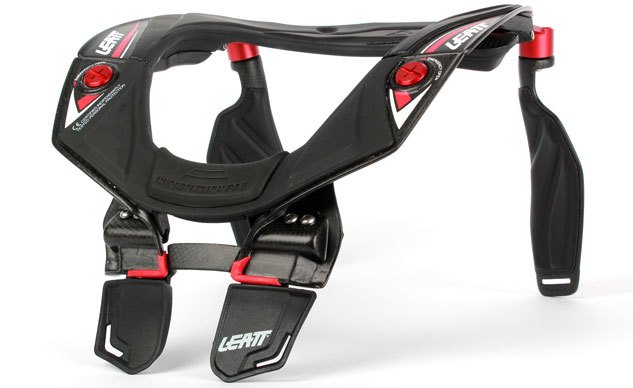

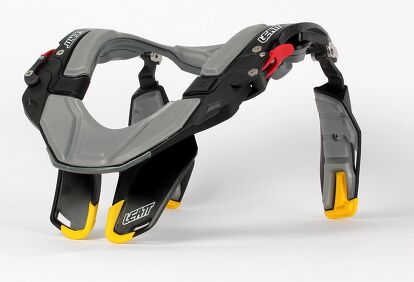

















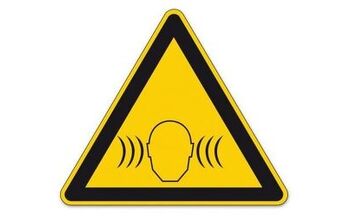
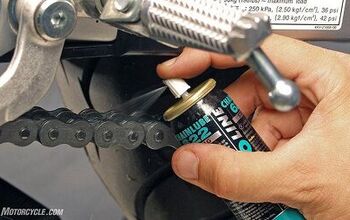
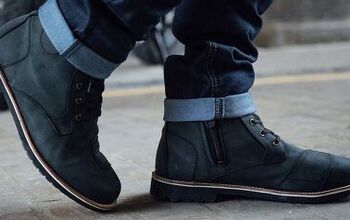















Comments
Join the conversation
Finally a review!
I guess there is really no way around it. It protects your neck by restricting movement, so your movement is restricted when riding.
As much as I love safety gear, head (read vision) restriction on a track/race environment is less than ideal if not somewhat dangerous. I only know of 1 person in road racing that actively uses his road brace, and it worked for him; the only really viable alternative system would be a air-vest type system like something form hit-air.
The main killer here is the admission fee, even for road racer that are actually willing to spend money on good gear, not a lot of people is willing to spend $500+ just to see if it will work for them.